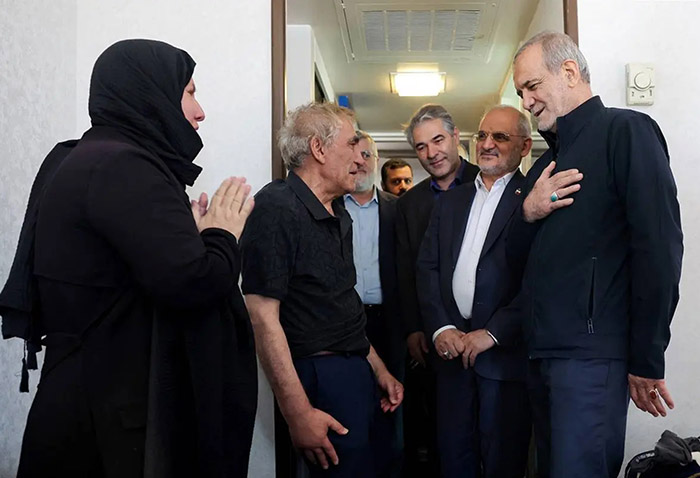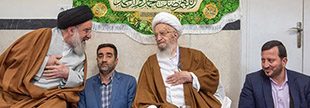Even before the latest Gaza conflict, we saw promising signs. Saudi Arabia and Egypt had begun revising textbooks to eliminate antisemitic content. The UAE introduced Holocaust education into its curriculum. Israeli youth groups visited Morocco, fostering personal connections. These shifts underscore that educational reforms are possible with political will.
The United States must lead, but with a new role — evolving from peacemaker to peacebuilder. Educational initiatives and regional exchanges deserve as much attention and funding as defense systems. If young people in the region grow up seeing each other solely as enemies, the prospects for peace will remain bleak.
Crown Prince Mohammed bin Salman’s vision of the Middle East as “the new Europe” offers a compelling roadmap. Post-World War II Europe not only reconstructed its cities but also rebuilt relationships and forged a shared identity. Initiatives like Erasmus, the European Union’s student mobility program, helped create a generation of Europeans who saw themselves as part of a larger community. The Middle East needs a similar vision.
There’s talk of “denazifying” Gaza, but post-war Germany’s success owed as much to building a strong democratic center through education and civic engagement as it did to rooting out extremism. The Middle East requires a process of re-humanization — rebuilding the social fabric torn apart by decades of conflict. The challenge is not just about Gaza’s future but the future of the entire region.
This transformative window won’t remain open indefinitely. Iran’s influence has been curtailed, Arab states see the benefits of Israeli innovation and security expertise, and the U.S. enjoys strong regional ties. But opportunities in the Middle East often vanish as quickly as they arise.


